Here Are Six Reasons Rails-to-Trails Is Celebrating This Year
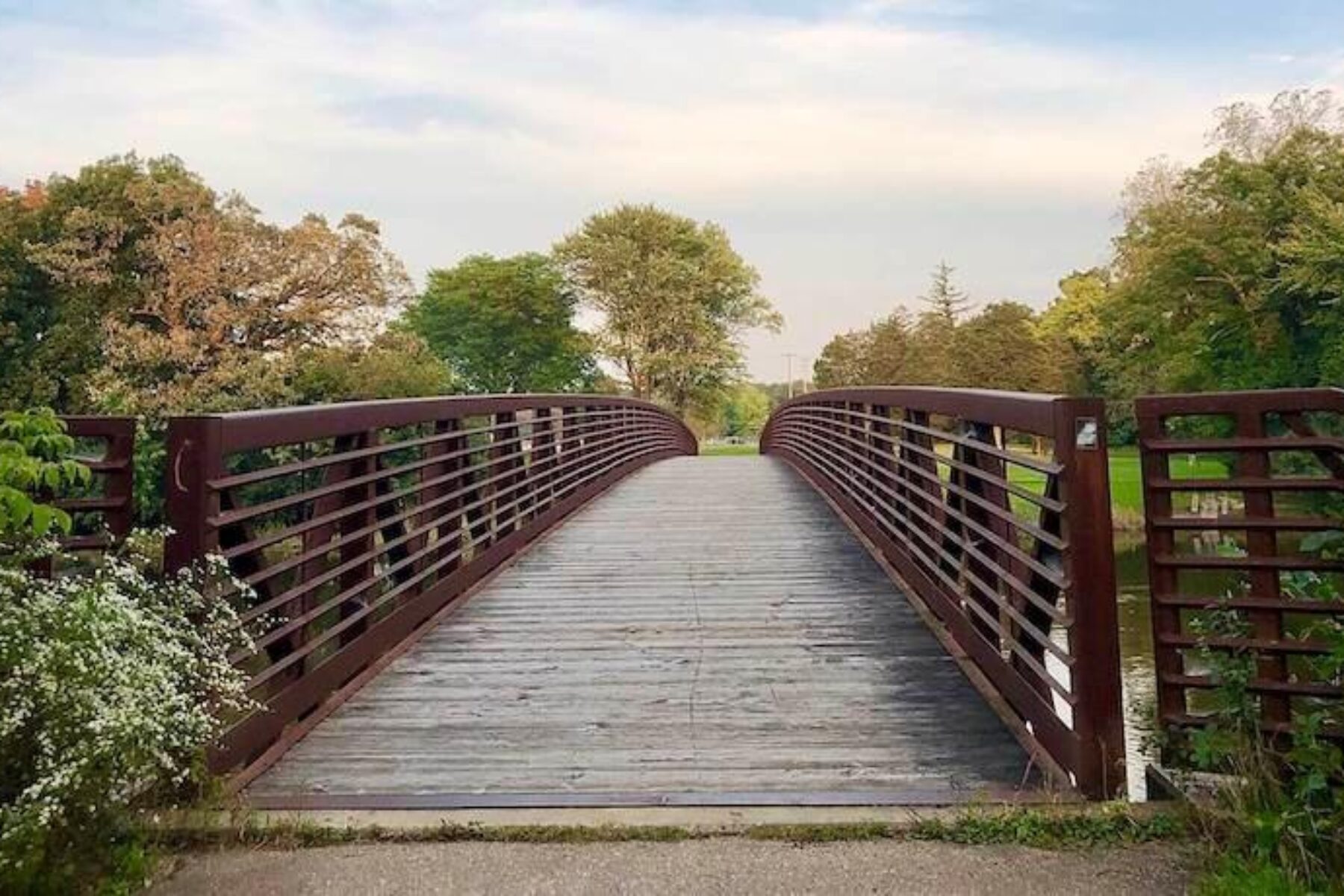
A year of positive momentum. That’s how we’d describe 2021, which—despite many challenges and much uncertainty—still came with so much hope and progress for trails and those who made them happen.
We saw how trails were embraced in America. We heard from thousands of people who personally shared their stories of just how much they value trails today—in many cases more than ever before—with greater need than ever for safe places to connect and reset in the outdoors.
We worked with, and were energized by, our champions—in the states and on Capitol Hill—who continued to fight for the investments needed to make trails and safe walking and bicycling infrastructure accessible to everyone.
And we were inspired by all those who endeavored day by day to make these places and spaces a reality, in their communities and beyond—partners, friends, colleagues and public leaders—through their voices, passion and hard work.
As Rails-to-Trails Conservancy (RTC) takes this time to look back on a year of forward progress, we extend our gratitude to the entire trail community—to every individual across America working to connect their neighborhoods, their regions and the nation by trail.
1. Inspiring Millions of People to Get Outside
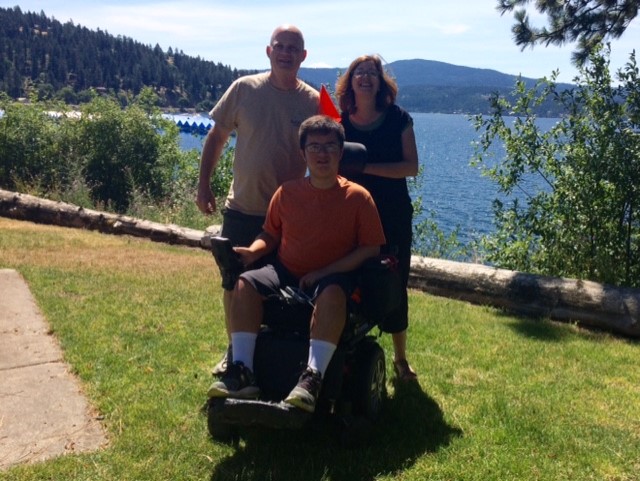
When trail use surged in 2020 to heights never experienced before, it demonstrated how vital these amenities were to so many, providing safe spaces to connect with family and friends or to simply find solace in nature.
In 2021, the country continued to embrace trails—with usage consistently outpacing the norms of the years prior to the pandemic. Millions of people continued to show up on America’s trails, demonstrating the value they place on these amenities and that our work is more important than ever. Trails are here to stay.
Through our national trail-finder website, TrailLink.com™, we connected more than 10 million people to safe outdoor places to recreate, get where they need to go, and embrace their mental and physical health and well-being.
In April, for our ninth annual Celebrate Trails Day, more than 170 partners and over 3,500 people from 48 states and Washington, D.C., reported joining us in celebrating all things trail during our virtual event and by finding safe local ways to be outside on the trail with family and friends. A count of the minutes spent revealed that participants logged some 139,000 minutes of activity on Celebrate Trails Day.
So far this year, more than 2,000 people have shared with us the impact that trails have had in their lives, in some cases being the catalysts for major changes to their habits, health and happiness.
Read about some of these impactful Trail Moments here.
#TrailMoments With the Brownstein Family
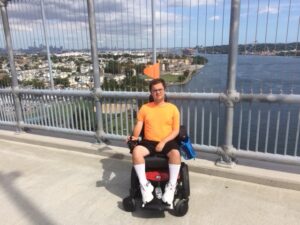
During the COVID-19 pandemic, trails have been a lifeline of entertainment and adventure for the Brownstein family. Dan and his son Saul, who uses a power wheelchair, hike a trail or bikeway almost every weekend. Dan says, “We have never met a trail we did not like. When you are on a community trail, you get to experience the local area. There is always so much to see, whether it is nature, residential, industrial … or the diverse people on the trail biking, running, walking or rollerblading.”
READ BLOG
2. Advancing Community Connectivity in 19 States
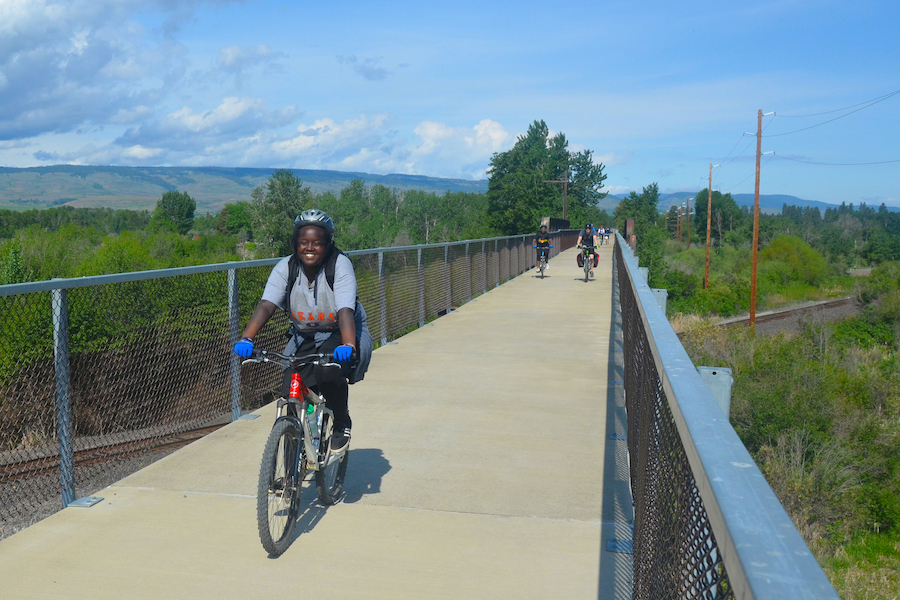
Connecting our communities has been, and continues to be, fundamental to our mission. In 2021, RTC awarded more than $450,000 in grants to 55+ projects in 19 states that will make it possible for more people to access trails in their own neighborhoods—and for more trails to connect more communities across the country.
These projects are smaller in scope than those that tend to acquire support under more traditional funding streams for trails and active transportation. But they are no less significant in terms of their potential impact.
Investing in these projects represents RTC’s commitment to supporting community organizations in creating programming and engagement opportunities that will help people meaningfully connect to their trails, while positively impacting local and regional economic and health outcomes.
“These grants are an intentional investment in the partners and people who are working on the ground—in their neighborhoods and in their states—to establish the programming and the infrastructure necessary to invite everyone living in a community to enjoy their trails.”
—Liz Thorstensen, Vice President of Trail Development, Rails-to-Trails Conservancy
Many of these trail projects are linchpins in efforts to create citywide or regional connectivity, and some are part of an effort to make a seamless cross-country walking and bicycling route possible via the developing 3,700-mile Great American Rail-Trail™.
Learn more about the Trail Grants Program.
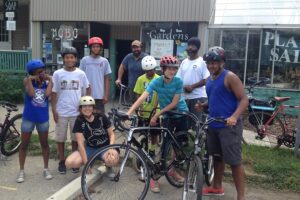
Since 2008, RTC has awarded more than 330 grants to trail projects across the country. Learn more about how projects like Los Angeles’ Emerald Necklace and Cincinnati’s Mill Creek Greenway Trail are making safe walking and bicycling routes more accessible to more people.
3. Doubling Down on Federal Investment for Trails + an Innovative New Program
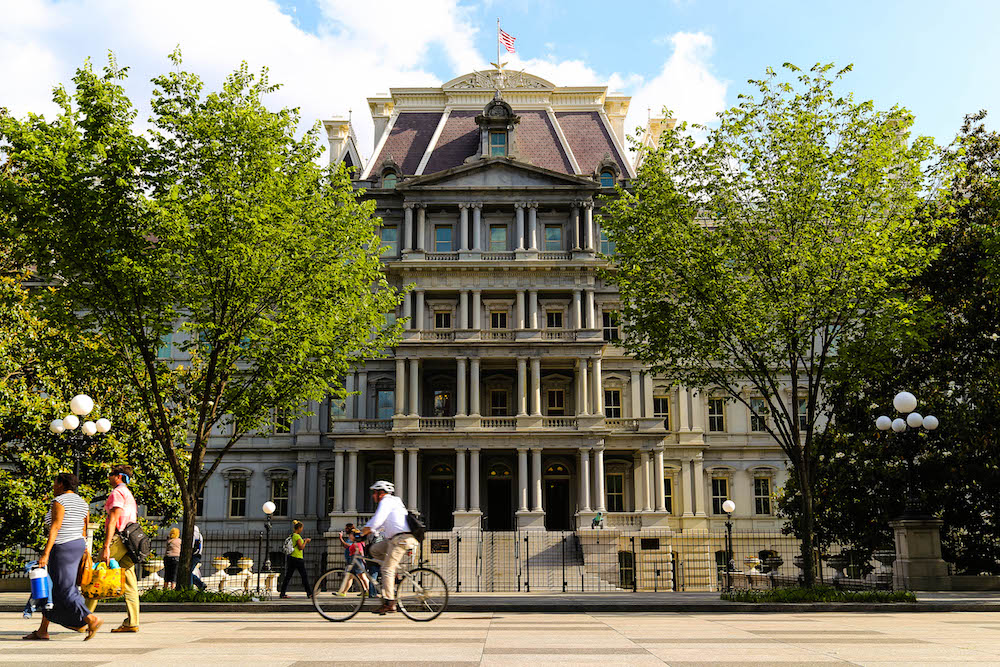
On Nov. 6, the U.S. House of Representatives momentously passed the bipartisan Infrastructure Investment and Jobs Act (IIJA) (H.R.3684), a $1.2 trillion infrastructure bill that includes significant advances in funding for trails, walking and bicycling that RTC has long championed. These advances have the potential to result in more funding for trails in all 50 states—and for critical projects that will connect America’s active transportation network.
The bill authorizes nearly 70% more money for the legacy Transportation Alternatives (TA) program—the largest source of federal funding for trails, walking and bicycling—from $850 million to an average of $1.44 billion per year. The impact of this sizeable increase in dedicated funding will be transformative for our movement … felt in hundreds, potentially thousands, of communities across the country in the years ahead.
The new bill also authorizes an innovative new federal grant program—the Connecting America’s Active Transportation System Act (H.R.2991/S.684), now listed as the Active Transportation Infrastructure Investment Program—at $200 million per year (though the funding isn’t dedicated). The program, which RTC championed for years, recognizes the need to invest specifically in safe walking and bicycling connections within, and between, communities, making it practical to get where you are going by bike or on foot.
There is still much work to be done to ensure communities in America are ready to take advantage of the new TA changes and to ensure funding is realized for the new active-transportation connectivity grants; however, this hard-earned progress offers promise as we continue to work toward a future where trails connect everyone, everywhere.
Learn more about how trails transform America.
Analysis: Bipartisan Infrastructure Bill Passes With New Opportunities for Trails, Walking and Biking
4. Regional Connectivity Gains Across the US
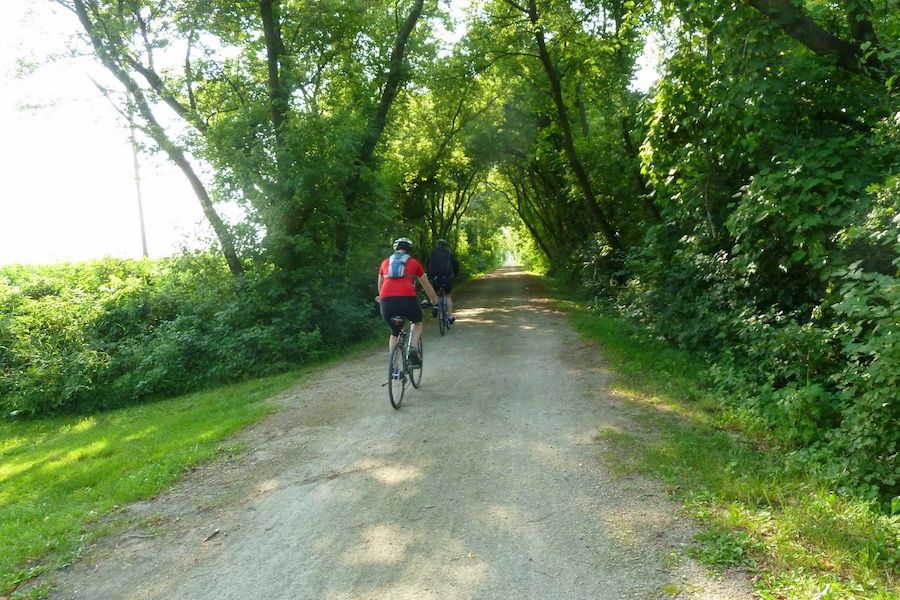
RTC has been leading the development of eight local and regional trail network projects across the country as part of its TrailNation™ portfolio—with the goal of creating replicable models that demonstrate the economic, health, transportation, social and environmental impact trails have on communities.
These projects—which range in geography, size and scope—continued to build momentum in 2021 as we worked to engage communities within the network footprints, generate support for their completion, and fill key gaps that will collectively improve safe walking and bicycling access for millions of people.
In Southeast Wisconsin, where RTC and local partners are working to develop the 700-mile route of the Badger, a deal long-pursued by trail advocates was clinched in the form of a $1.5 million public land acquisition by the Wisconsin Department of Natural Resources for a 10.7-mile former rail corridor in Racine County to expand the 19-mile White River State Trail.
The corridor, once transformed, will help create an additional 56 miles of uninterrupted trail within the Badger network. It will ultimately connect the Racine County towns of Sturtevant, Mount Pleasant, Yorkville, Union Grove and Dover to other surrounding counties and help generate new opportunities for small business development and tourism in the region.
RELATED: Trail of the Month – June 2021: Wisconsin’s White River State Trail
5. Banner Year Builds Momentum for Trails Across Indiana
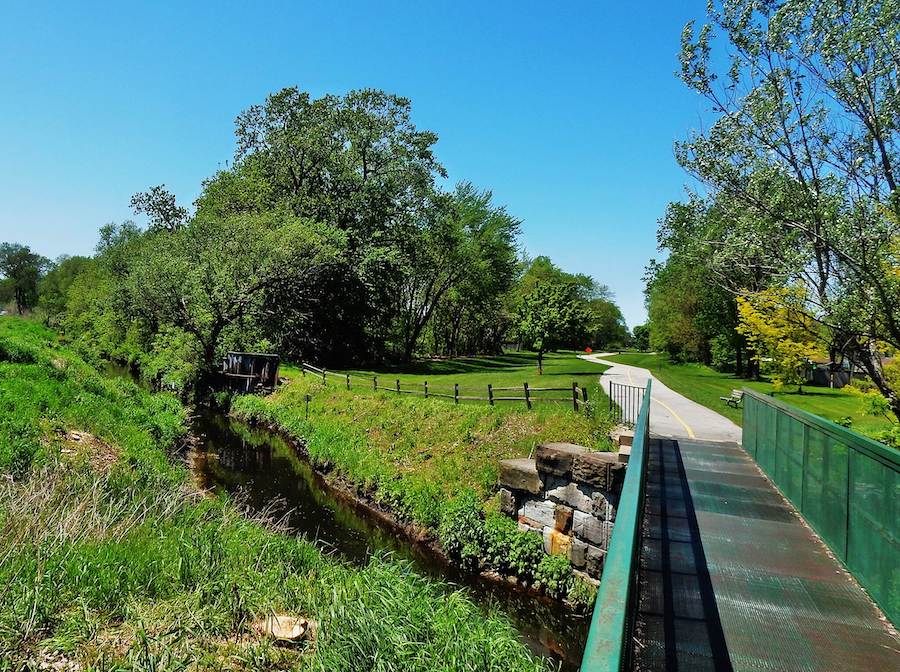
Connected trails are essential to statewide prosperity. That’s the message that resonated in Indiana, when Gov. Eric Holcomb proclaimed 2021–2022 “Indiana’s Year of the Trails,” recognizing that creating a statewide trail network could be a “powerful tool for economic and community development.”
The massive galvanization of support for trails across Indiana has been brought forth by the state’s legislative trails caucus, a bipartisan group that is committed to showcasing the value of Indiana’s trails and building political support for the recommendations set forth in the 2021 Indiana State Trails Plan, which focuses on developing the state’s Visionary Trail System.
This critical support for trails could mean great things for Indiana’s 220-mile developing section of the Great American Rail-Trail, which is 50% complete to date. The “Year of the Trails” effort will also showcase Gov. Holcomb’s Next Level Trails program, which has a goal of investing $150 million toward trail development and calls for permanent funding for trail connectivity and maintenance under the program at $10 million annually.
RELATED: ‘Indiana’s Year of the Trails’ to Kick Off
RELATED: The “Year of the Trails in Indiana” Begins
6. Momentum Builds for America’s Iconic Cross-Country Rail-Trail
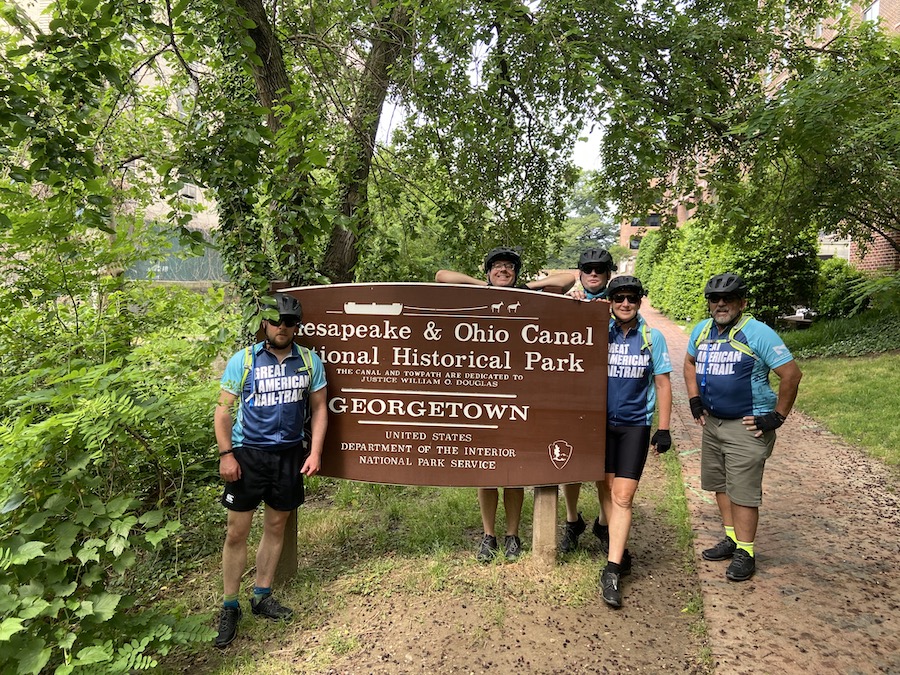
Less than three years after RTC formally announced the kick-off of the 3,700-mile Great American Rail-Trail, we continue to see excitement and support build in America for the cross-country route that will eventually connect Washington, D.C., and Washington State.
At 53% complete, the Great American already includes 150+ trails on the ground, with many key gaps filled in the past year. For example, Washington State is celebrating two major bridge completions—the Renslow Trestle, which opened earlier this year, and the Beverly Bridge, which closes a key crossing of the Columbia River and physically connects the eastern and western parts of the state (the bridge will officially open this winter).
Since January 2021, an estimated $15.6 million in public and private funding has been invested in the project, supporting projects that will help complete and/or connect new trails along the route.
In the late summer and early fall of 2021, five riders—all U.S. veterans representing the nonprofit Warrior Expeditions—became the first through-riders in history to complete the Great American Rail-Trail.
“What made the trip so cool was meeting all the people,” said Jay Waters, one of the five riders, who concluded his trip on Sept. 8, 2021. “You get a glimpse into their lives, and they were all so different. It’s a mutual leap of faith for them to open their home, and for me, or other veterans on this journey, to enter their home. That’s the key to this program’s success and my number one takeaway: I have restored good faith in the American people.”
Read more about Jay’s journey to bike the route of the Great American Rail-Trail.
Related: In Northern Idaho, Two ‘Epic’ Bike Routes Showcase the Success—and Potential—of the Rails-to-Trails Movement

Donate
Everyone deserves access to safe ways to walk, bike, and be active outdoors.
